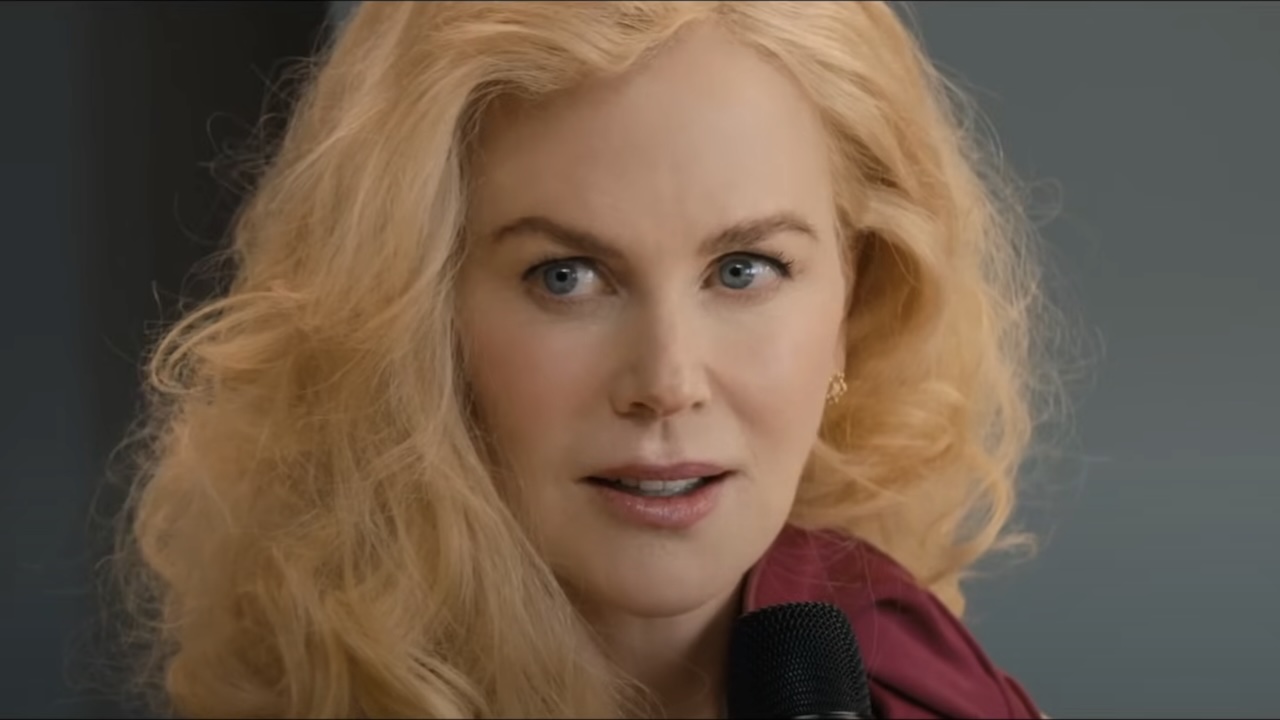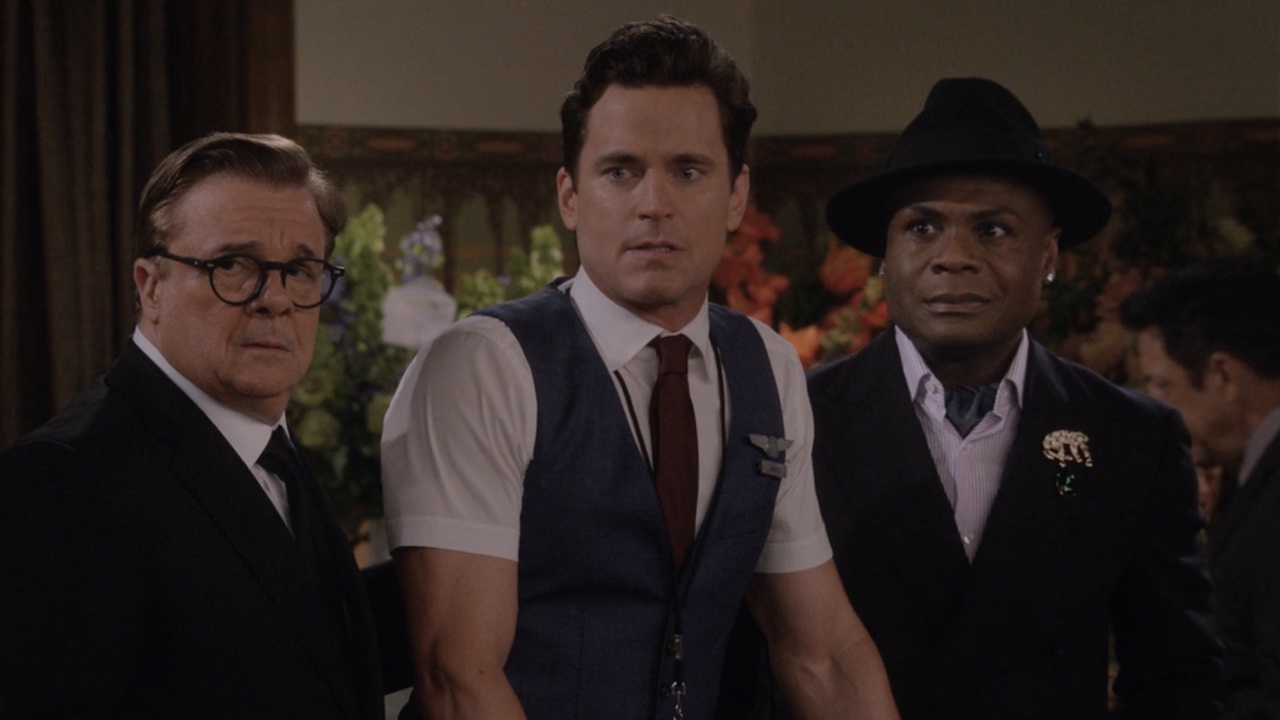Who Is Sherry Lansing? The Story Behind How She Totally Changed The Game For Women In Hollywood
A legacy of philanthropy and movie magic, explained.
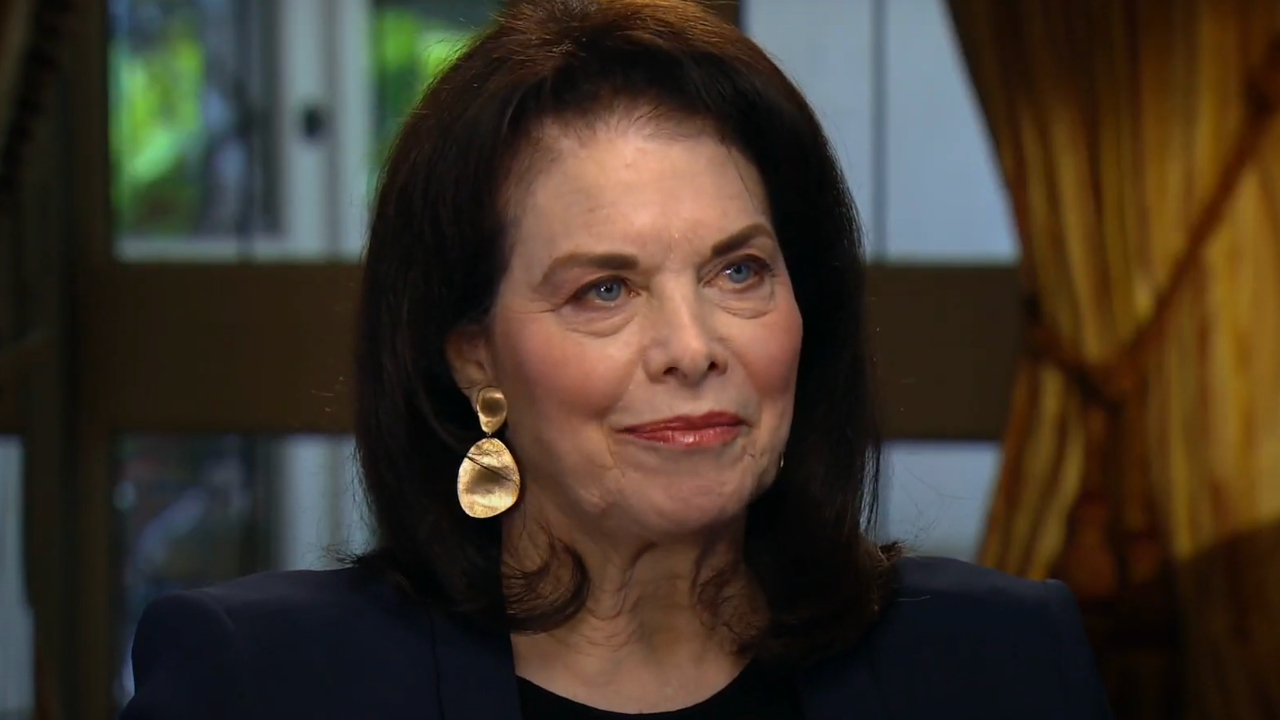
The Hollywood power structure is something that’s always changing, as market trends and key personnel shift from time to time. However, there are some movers and shakers that leave a long legacy behind when all is said and done, and Sherry Lansing is unquestionably such a person.
Changing the game for women in Hollywood, Lansing started out as an actor and eventually found herself becoming the first female production president in the industry; which led to an “unprecedented” tenure of success at a major studio. This is the story of how Ms. Lansing did just that, and the successes she racked up along the way.
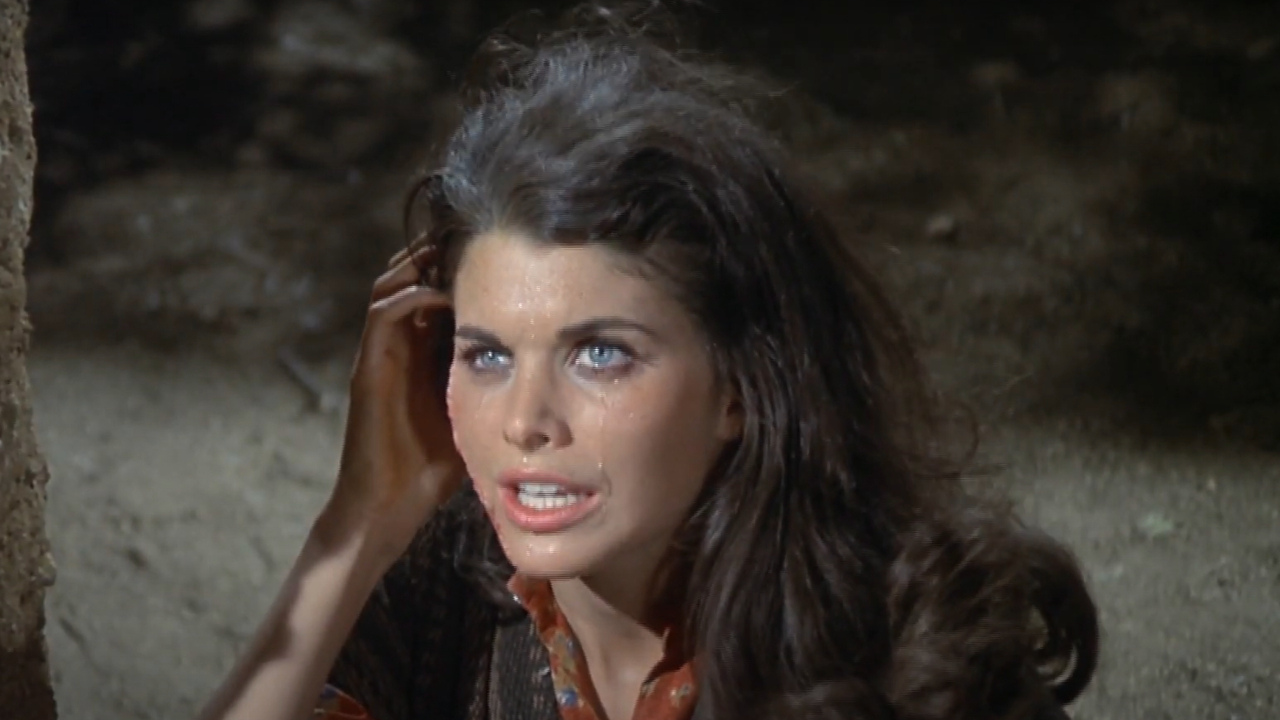
Sherry Lansing’s Early Careers In Hollywood
Originally, Sherry Lansing worked in Hollywood as an actor; though her career never broke out the way she had initially hoped. At the same time, the Chicago born magnate sensed that this twist of fate was for the better in hindsight.
When interviewed for the 2007 book CosmoGirl! Secrets of Success: 38 Leaders Tell You How to Achieve Your Dreams, Sherry summed up how she was inspired to make the jump behind the camera as follows:
I always wanted to be in the movie business. But I wasn't quite sure what I wanted to do in movies because I had no idea how movies were made. I guess I thought I'd be an actress, but what I realize now is that what I really wanted to do was create the magic that movies have.
That hunger for movie magic led to Sherry Lansing making some huge professional moves in the 1970s. When recounting her jump into the world of script reading, Stephen Galloway’s 2017 biography Leading Lady: Sherry Lansing and the Making of a Hollywood Groundbreaker revealed that upon the urging of producer Ray Wagner, whom Lansing worked with as an actor in the 1970 film Loving, she would make the shift to script reading.
Eventually, this path found Sherry Lansing becoming executive story editor at MGM in 1975, followed by a jump to Columbia Pictures in 1977 as a VP of Production. That last post in particular would give Sherry some landmark successes that would help send her up the line rather quickly.
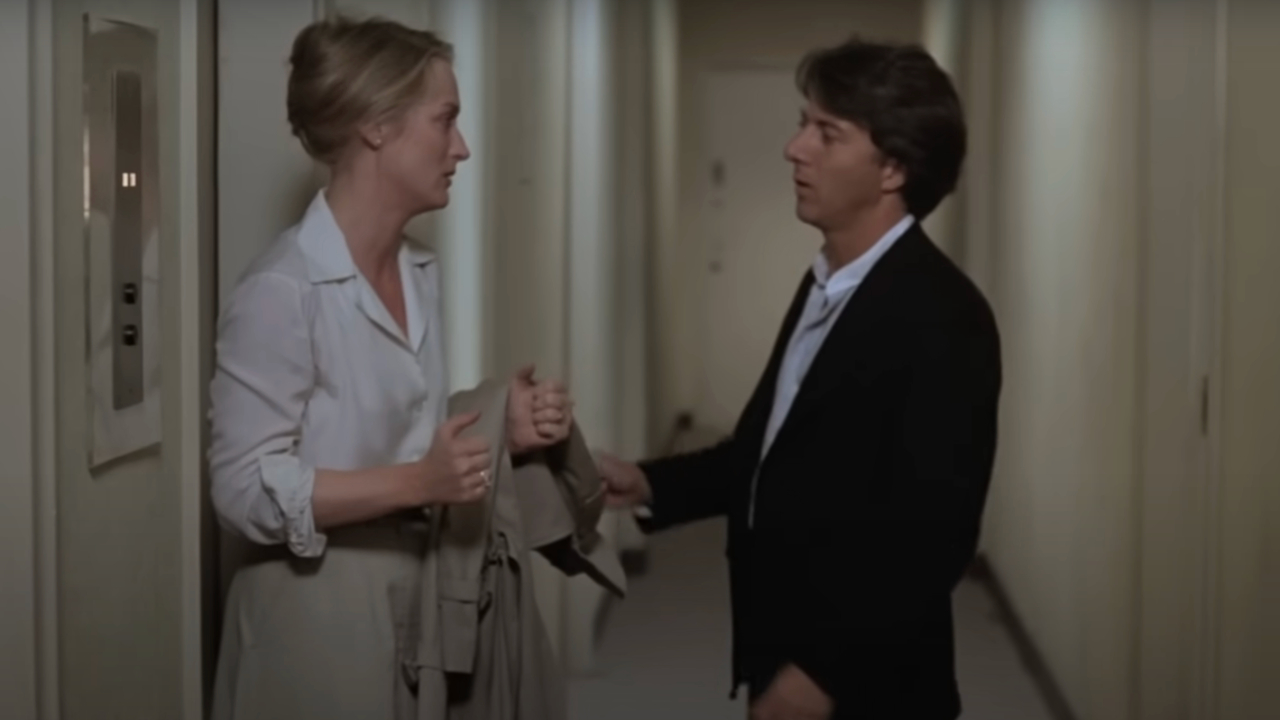
How Sherry Lansing Changed The Game For Women In Hollywood
As Vice President of Production at Columbia Pictures, Sherry Lansing shepherded two huge hits for the studio, and both in the same year. 1979’s The China Syndrome and Kramer vs. Kramer would both be two of the biggest pictures of that year, with the latter winning Best Picture, Director, Actor, and Supporting Actress. As noted in Lansing’s biography on the National Women’s Hall of Fame, Lansing would make history the very next year as the first female production president at 20th Century Fox, her studio home up until 1982.
Producing would be the next huge step for Sherry’s career, and her partnership with Stanley R. Jaffee built a foundation with Paramount Pictures. Through hits like The Accused, Black Rain, and School Ties, Ms. Lansing seemed to be at home with the studio; and little did she know that the next stretch of her career would see her staying on for quite some time.

The Paramount Era: An “Unprecedented” Tenure Of Success
Between 1992 and 2005, Sherry Lansing’s “unprecedented tenure” as the chairman and CEO of Paramount Pictures saw even more of her magic touch in action. Looking at the records of those years in action, six of the 10 highest grossing Paramount movies came from her reign.
The trio of Forrest Gump, Braveheart, and Titanic are the ones probably most often mentioned, as those were all successes at the box office and the Oscars. And in the case of Mel Gibson's Scottish historical epic, that was partially because of a jump from MGM to Paramount, which was probably aided by Ms. Lansing's own history with that studio.
Unfortunately, the ending of the Lansing era of Paramount didn’t come with a rosy step forward. Thanks to restructuring that had taken place in the years following Viacom’s acquisition of the studio, many of the people Sherry worked with departed the studio.
The atmosphere changed, and Sherry's feelings about retirement only grew. As recalled in Leading Lady, it was the following notion that sealed the deal:
If I’d waited for the perfect moment, I’d never have left. The job had become a way of life, and I’d found a rhythm that worked well over twelve years. But if I didn’t start doing the other things that really mattered to me, I’d never get to do them at all.
With her mind made up, and the wheels put into motion over a year prior, Sherry Lansing and husband William Friedkin celebrated her departure from Paramount on February 16, 2005. at a huge party that celebrated her excellence at the studio. Some might think "retirement" would be the end of the story, but for Sherry, the next act would traverse territory both uncharted and familiar.
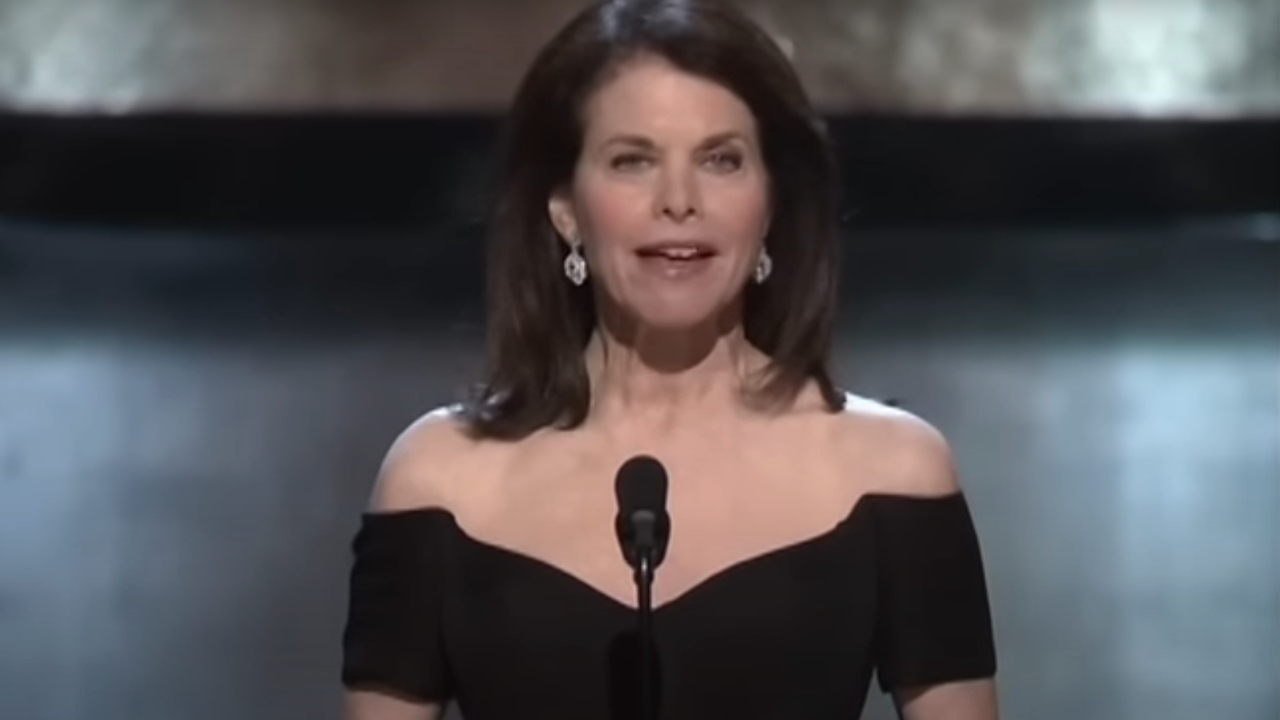
Sherry Lansing’s Third Act
While Sherry Lansing had climbed down from the mountain of Paramount Pictures, she would blaze further trails in causes close to her heart. Through organizations like The Sherry Lansing Foundation, Lansing tackled causes in the fields of education and cancer research that bettered those inside of her community, as well as outside.
Cancer research and raising awareness for the disease was an especially passionate cause, as Sherry Lansing not only lost her mother to the illness, but also friend and fellow Hollywood titan, Spider-Man producer Laura Ziskin. When describing her motivations for starting The Sherry Lansing Foundation, as well as other organizations and benefits like Stand Up to Cancer, Sherry’s official bio on the foundation’s website says it best:
I left Paramount at the ripe young age of sixty. A generation ago, that would have been retirement age. But my generation has more energy, more drive, and a greater life expectancy than any group of retirees before us. We are going to be here for two decades or more past 'retirement' age and we want to do something relevant in the so-called third act of our lives.
Stand Up to Cancer continues to operate, recently honoring the late Alex Trebek with the creation of a special fund in his name. And back in 2007, Sherry Lansing won the prestigious honor of the Jean Hersholdt Humanitarian Award, celebrating all of her philanthropic achievements. Fittingly enough, that award was presented to her by none other than Mission: Impossible star Tom Cruise, with whom she’d worked during her tenure at Paramount.
Redefining the playing field to make way for female executives, as well as peers from her generation who may have wondered what came next after “retirement,” Sherry changed the game for women, while also making room for many others to live up to her example of service.
CINEMABLEND NEWSLETTER
Your Daily Blend of Entertainment News

Mike Reyes is the Senior Movie Contributor at CinemaBlend, though that title’s more of a guideline really. Passionate about entertainment since grade school, the movies have always held a special place in his life, which explains his current occupation. Mike graduated from Drew University with a Bachelor’s Degree in Political Science, but swore off of running for public office a long time ago. Mike's expertise ranges from James Bond to everything Alita, making for a brilliantly eclectic resume. He fights for the user.

